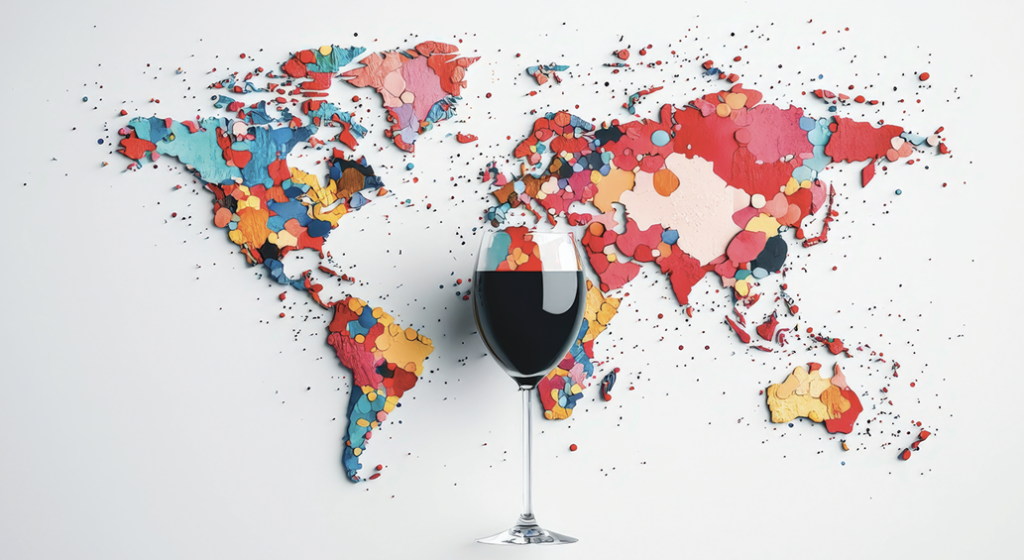
By Dina Novarr–
Imagine a vineyard ripping out varieties like chardonnay, cabernet, tempranillo, or sauvignon blanc because they weren’t “native” enough. It’s unthinkable. Yet, in our current political climate in America, we’re doing just that with people. These grapes have thrived in U.S. soil and shaped the very identity of American wine. In fact, most European wine grape varieties in America today thrive when grafted onto disease-resistant American rootstock, a symbiosis where immigrant vines cannot exist without American roots. Likewise, immigrants have shaped the American identity, culture, and economy, including the wine industry—from vineyard workers to sommeliers to winemakers.
Like countless grape varieties, most Americans trace their lineage to somewhere else. The cabernet sauvignons among us might have French ancestry, while the zinfandels claim Croatian heritage. Some families arrived centuries ago; others just completed their journey last month. Together, we form a complex blend that couldn’t exist anywhere else—distinctly American while honoring countless global influences.

The parallels run deeper than simple origin stories. Just as imported grape varieties adapted to California’s unique soil and climate, creating expressions impossible in their European homelands, immigrants have always adapted to and transformed American culture. In doing so, they’ve created something entirely new while maintaining connections to their heritage. Wine country understands something that our national discourse often forgets: diversity creates strength, not weakness. Vintners don’t concern themselves with a grape’s “purity” or whether it has sufficient generational history in American soil. They focus on how it contributes to the whole and the unique characteristics it brings to the bottle.
America revolutionized wine culture in the 1980s, transforming it into an essential component of the dining experience. Pioneering winemakers began printing food pairing suggestions directly on labels, culinary magazines featured wine recommendations alongside recipes, and restaurants introduced innovative multi-course dinners with carefully matched wines for each dish. This distinctly American (and now global) approach to wine and food created a gastronomic tradition that celebrates our cultural diversity. Uprooting this tradition wouldn’t just impoverish our dining experiences; it would sever a vital connection to our multicultural heritage that we’ve cultivated and refined for generations.
Ironically, having only American grape varietals would be disastrous in America’s uniquely diverse food landscape. Wines produced from native species like Vitis riparia and Vitis cinerea contain remarkably high concentrations of methoxypyrazines—compounds that create wines with overwhelming “herbaceous” and “earthy” aromas that mask the desirable fruit characteristics.

American vineyards with native grapes are mere historical curiosities now, rather than vital contributors to a global wine culture.
The next time someone questions whether certain communities belong in America, perhaps we should remind them that America’s greatness has always been immigrants grafted onto a great foundation. Like the vineyards that produce our most celebrated wines, our strength lies in building through a shared purpose, with every person contributing distinctive qualities to create a unique blend that couldn’t exist anywhere else.
San Francisco-based Dina Novarr enjoys sharing her passion for fine wines, spirits, non-alcoholic craft beverages, and more with others.
Cocktails with Dina
Published on April 10, 2024
Recent Comments